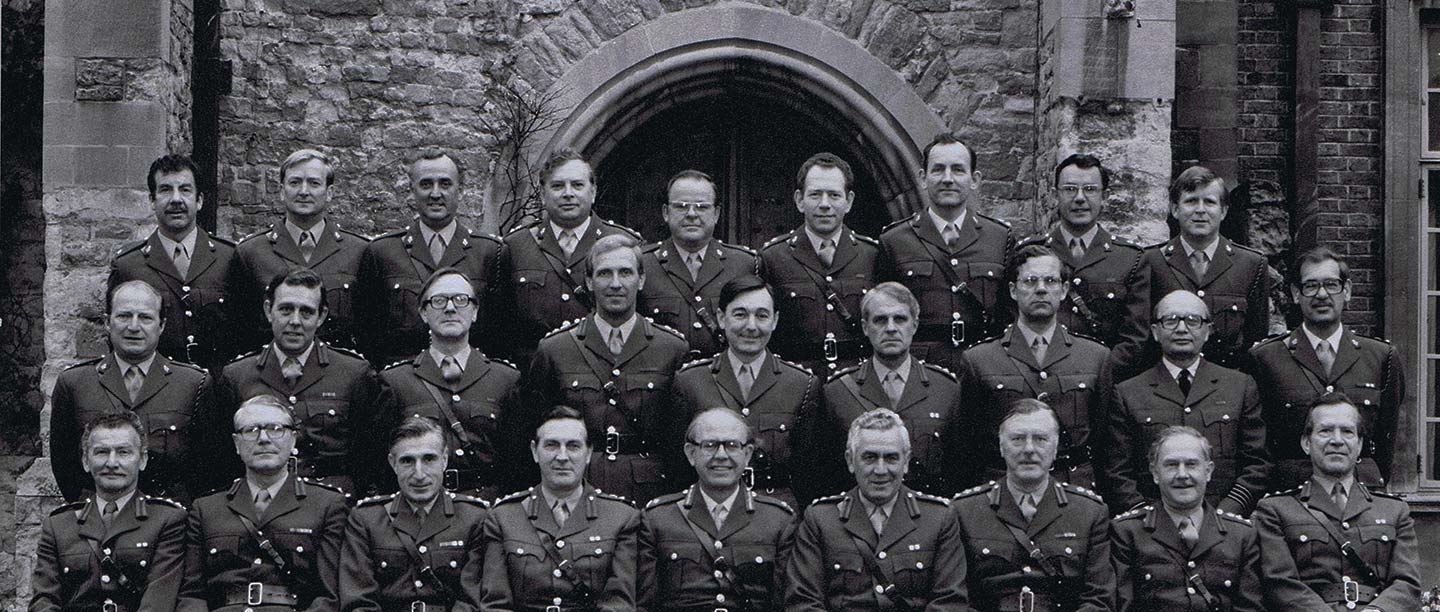The Royal Army Educational Corps
The Royal Army Educational Corps (RAEC) had its origins in 1846 as the Corps of Army Schoolmasters, tasked with providing basic schooling to Army recruits. By the early 20th century its remit had extended to include the military education and language training of officers and soldiers at all stages of their careers, and running Army schools and libraries.
During the Second World War the Corps expanded the scale of its operations overseas. It provided training for officers in current affairs so that they could keep their men informed about the conduct of the war, and also published news-sheets so the troops would know what was happening back home. In 1946 the Army Educational Corps was honoured with the title ‘Royal’ by George VI in recognition of its important contribution to the war effort.
Post-war the RAEC continued its work educating soldiers and helping ex-servicemen settle back into civilian life. As many Army recruits were poorly qualified, more efforts were put into educating apprentices and young soldiers. Resettlement also became more important after 1962 when National Service ended – soldiers and officers, now all volunteers, expected professional support at the end of their service.
In 1992 the RAEC became the Educational and Training Service Branch of the newly formed Adjutant General’s Corps.
The RAEC at Eltham
In April 1945 Eltham Palace became an Army School of Education, one of a number across the country providing retraining for soldiers discharged from the Army, but in 1948 the newly formed Institute of Army Education took over the site. The Institute was the administrative arm of the RAEC, providing all its back-room functions such as teacher recruitment for Army schools, setting and marking examinations, and producing teaching resources. The palace also became the Headquarters Officers’ Mess of what was by this time the Royal Army Educational Corps.
Initially, staff worked in the palace, but in the 1960s a new office block was built on the south side of the gardens. Bedrooms in the palace accommodated visiting officers, and the RAEC Museum was also housed here.
As Headquarters Mess, the palace was also used extensively by the Corps for conferences and entertaining – continuing something of the party spirit that had prevailed when the Courtaulds were in residence. There were regular dinner nights in the great hall, and also garden parties, balls and plays put on by the Institute’s own drama group, the Moat Players.
In 1982 the Directorate of Army Education moved to the palace from central London. Its director lived in the gatehouse.
The RAEC left Eltham in 1992. The Corps flag was lowered on 5 April at a ceremony attended by HRH The Duchess of Gloucester, the Corps’ Colonel-in-Chief, and serving and retired officers. In 1995 a plaque was unveiled on the west wall, near the loggia, to mark the Corps’ use and care of the house and gardens for nearly 50 years. English Heritage opened the site to visitors in 1999.
The Army at Eltham Palace, 1946–92
All images reproduced by kind permission of the Adjutant General’s Corps (AGC) Museum unless otherwise stated.
More about Eltham Palace
-
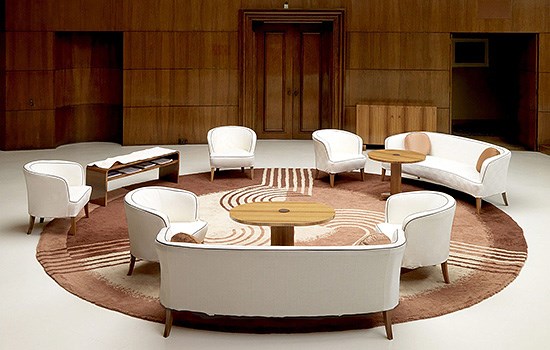
History of Eltham Palace
Learn about the history of this unique palace before the Army took up residence, from its medieval origins to the 1930s.
-
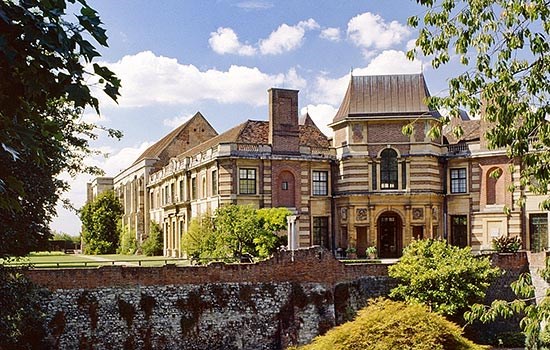
Description of Eltham Palace
The ultra-fashionable house designed for the Courtaulds in the 1930s incorporated the great hall of the medieval palace. Find out more.
-
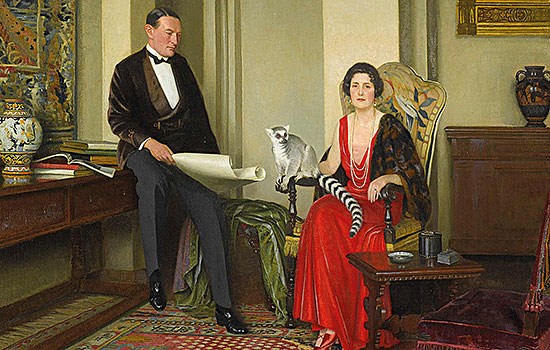
The Courtaulds at Eltham
Read more about the Courtaulds’ time at Eltham and how they made space at the palace for their pet lemur, Mah-Jongg.
-
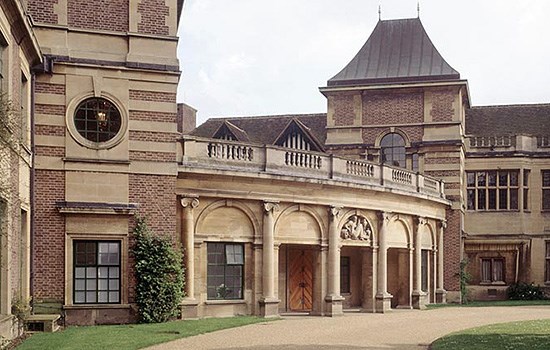
Seely and Paget at Eltham Palace
Find out how John Seely and Paul Paget transformed medieval Eltham Palace into an art deco mansion for the Courtaulds in the 1930s.

